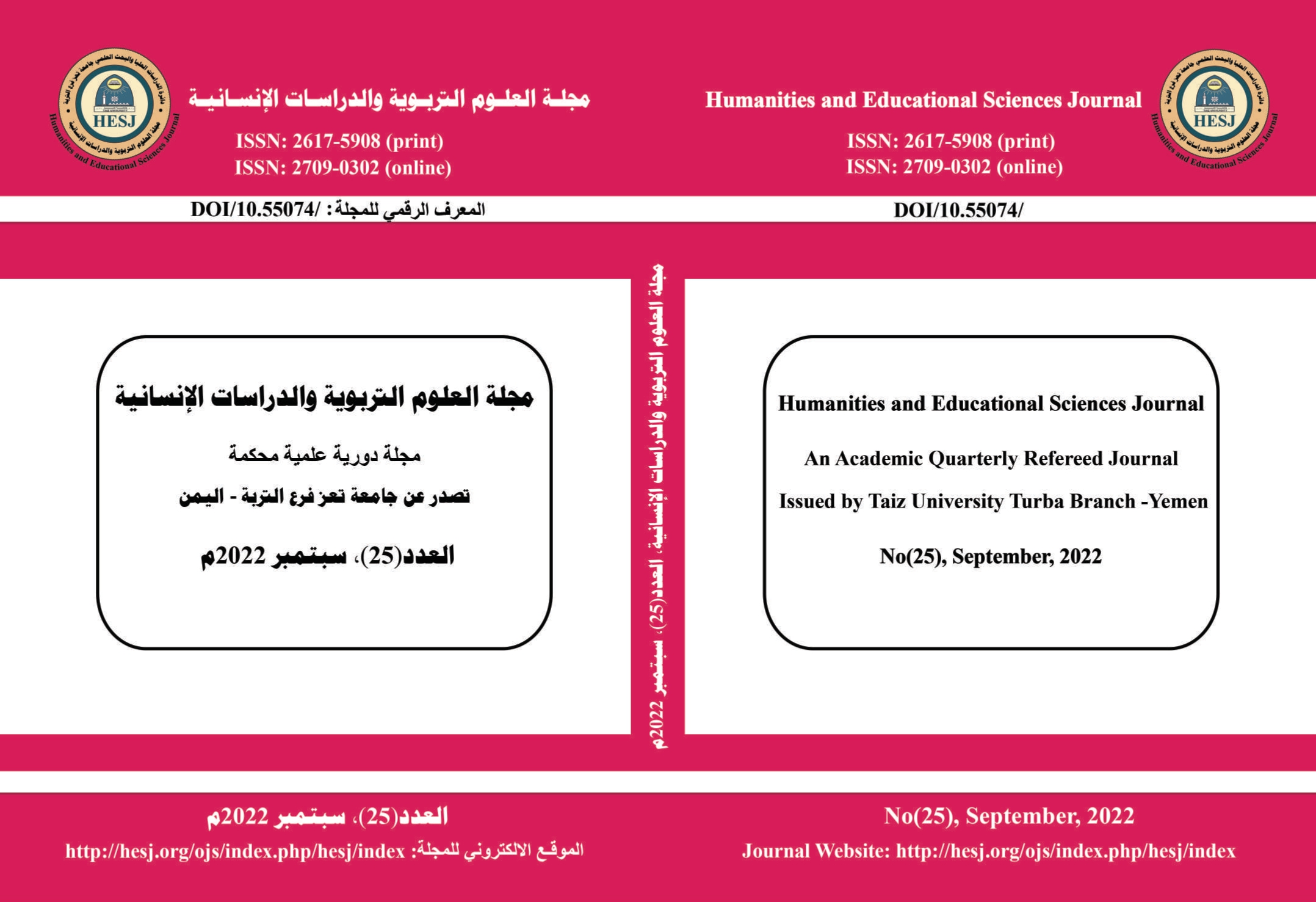فـــاعليــــــــة استراتيجيـــــة التــــــــدريس التبــــــــــادلي في تنميـــة مكــونات التفكــير التناسبي لدى طلاب الصف الأول المتوسط
الكلمات المفتاحية:
التفكير التناسبي، مكونات التفكير التناسبي، استراتيجية التدريس التبادليالملخص
هدفت الدراسة إلى التعرف على فاعلية استراتيجية التدريس التبادلي في تنمية التفكير التناسبي لدى طلاب الصف الأول المتوسط، واستخدم الباحث المنهج شبه التجريبي ذا التصميم القائم على مجموعتين مع تطبيق القياس القبلي والبعدي للمتغير التابع لكليهما، وقد تكون مجتمع الدراسة من جميع طلاب الصف الأول المتوسط بالمدارس الحكومية التابعة لمكتب التعليم بمحافظة البدائع التابع لإدارة التعليم بمنطقة القصيم، في الفصل الدراسي الثاني للعام الدراسي (1443ه). وقد بلغ عدد المجتمع (520) طالبًا موزعين على (14) مدرسة. واُخْتِيرَتْ العينة بطريقة عنقودية عشوائية، تكونت من (55) طالبًا وتم تقسيمهم إلى مجموعتين تجريبية وضابطة واستخدم الباحث أداةً واحدةً هي اختبار قياس مكونات التفكير التناسبي في وحدة النسبة والتناسب المقررة على الصف الأول المتوسط في الفصل الدراسي الثاني. وكانت أهم النتائج التي توصل إليها ما يلي: فاعلية استراتيجية التدريس التبادلي في تنمية التفكير التناسبي لدى طلاب الصف الأول المتوسط، ودرجة التأثير (كبيره جدًّا)، وذلك بحسب البيانات الآتية: مكونات التفكير التناسبي: بلغت قيمتها (0.850)، وهي: "التفكير العلاقي (النسبي)، والوحدة، والتفكير صعودًا ونزولًا، والمشاركة والمقارنة، والقياس، والاهتمام بالكميات والتغير": بلغت قيمها كُلًا على حدة، وعلى الترتيب (0.360)، (0.191)، (0.105)، (0.376)، (0.514)، (0.316).






